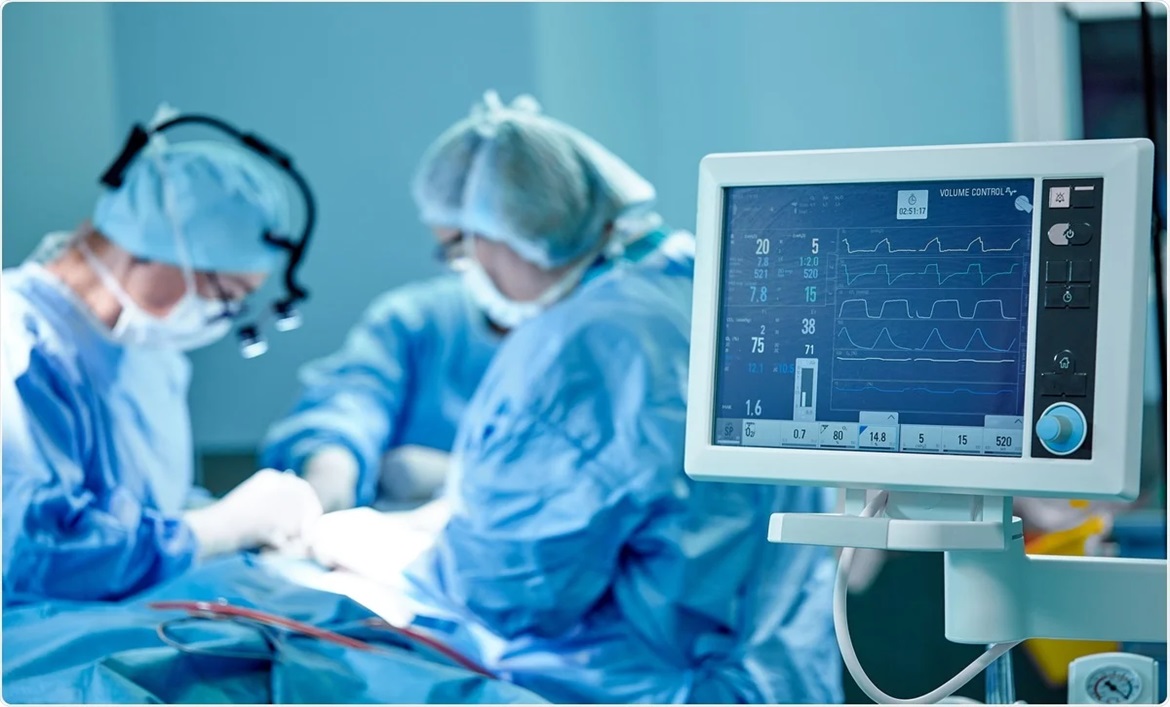
Post-surgical complications
Post-surgical complications refer to any problems that arise after a surgical procedure, potentially impacting the patient’s recovery and overall health. These complications can be varied, ranging from minor issues to serious conditions that require immediate medical attention. Here’s a detailed overview:
Post-surgical complications
Infection
- Types: Surgical site infections, deep infections (e.g., abscesses), systemic infections.
Bleeding
- Types: Internal bleeding, external bleeding, hematoma (blood collection), seroma (fluid collection).
Blood Clots
- Types: Deep vein thrombosis (DVT), pulmonary embolism (PE).
Wound Healing Issues
- Types: Delayed healing, wound dehiscence (wound reopening), necrosis (tissue death).
Pain
- Types: Acute pain, chronic pain, referred pain.
Adverse Reactions to Anesthesia
- Types: Nausea, vomiting, allergic reactions, respiratory issues.
Organ Dysfunction
- Types: Dysfunction of organs such as kidneys, liver, or lungs.
Gastrointestinal Complications
- Types: Constipation, nausea, vomiting, bowel obstruction.
Urinary Complications
- Types: Urinary retention, urinary tract infections (UTIs).
Pneumonia
- Types: Postoperative pneumonia, aspiration pneumonia.
Psychological Complications
- Types: Anxiety, depression, post-traumatic stress disorder (PTSD).
Symptoms of Post-Surgical Complications
1.Infection
- Symptoms: Redness, swelling, warmth, pain at the site, fever, pus or drainage.
Bleeding
- Symptoms: Visible blood, swelling, bruising, signs of shock (pale skin, rapid heartbeat).
Blood Clots
- Symptoms: Swelling, pain, redness in the affected leg (DVT); sudden shortness of breath, chest pain (PE).
Wound Healing Issues
- Symptoms: Persistent or worsening pain, swelling, redness, wound dehiscence, or necrosis.
Pain
- Symptoms: Increased pain beyond expected levels, pain not relieved by medications.
Adverse Reactions to Anesthesia
- Symptoms: Nausea, vomiting, difficulty breathing, allergic reactions, confusion.
Organ Dysfunction
- Symptoms: Symptoms vary by organ, including jaundice (liver), decreased urine output (kidney), or difficulty breathing (lungs).
Gastrointestinal Complications
- Symptoms: Severe constipation, persistent nausea or vomiting, abdominal bloating, bowel obstruction.
Urinary Complications
- Symptoms: Difficulty urinating, pain during urination, frequent or urgent need to urinate, fever.
Pneumonia
- Symptoms: Cough, fever, chest pain, shortness of breath, difficulty breathing.
Psychological Complications
- Symptoms: Persistent sadness, anxiety, flashbacks, difficulty sleeping.
Diagnosis Methods:
Medical History and Symptom Review
- Purpose: To gather information about the patient’s surgical history, symptoms, and any relevant past medical conditions.
- Methods: Detailed patient interview and symptom questionnaire.
Physical Examination
- Purpose: To assess the surgical site and overall health.
- Methods: Inspection, palpation, range of motion assessment, and listening to the lungs or heart.
Imaging Studies
- X-rays: To detect bone fractures or abnormalities.
- MRI (Magnetic Resonance Imaging): To visualize soft tissues and assess for internal damage.
- CT Scan (Computed Tomography): To obtain detailed cross-sectional images of the body.
- Ultrasound: To evaluate soft tissue conditions, such as fluid collection or blood clots.
Laboratory Tests
- Blood Tests: To identify infections (e.g., elevated white blood cells), check for anemia or clotting issues, and assess organ function.
- Urine Tests: To detect urinary tract infections or kidney function.
Wound Culture
- Purpose: To identify bacterial or fungal infections in wound discharge.
- Methods: Collecting a sample from the wound and analyzing it in a laboratory.
Endoscopy
- Purpose: To directly visualize internal organs or the surgical site (e.g., gastrointestinal endoscopy).
- Methods: Inserting a flexible tube with a camera into the body.
Electrocardiogram (ECG)
- Purpose: To monitor heart activity, especially if there are concerns about cardiovascular complications.
- Methods: Recording the electrical activity of the heart using electrodes.
Pulmonary Function Tests
- Purpose: To assess lung function, particularly if there are respiratory symptoms.
- Methods: Testing breathing capacity and airflow.
Have a Question?
FAQ
We are here to help you 7 days a week and respond within 24 hours. Plus, you can find most answers to your questions right on this page and also you can communicate with us using phone call.
Early signs include joint pain, stiffness, swelling, and reduced mobility. These symptoms may come and go, but persistent discomfort should prompt a visit to a healthcare provider.
There is currently no cure for arthritis, but the condition can be managed effectively with the right treatment plan, including medications, lifestyle changes, and sometimes surgery.
It’s best to limit foods that can trigger inflammation, such as processed foods, sugary beverages, and red meats. Opt for anti-inflammatory foods like leafy greens, berries, and fish rich in omega-3.
Yes, regular exercise is beneficial for managing arthritis. Low-impact activities like swimming, walking, and stretching help maintain joint flexibility and muscle strength without putting excessive stress on the joints.
